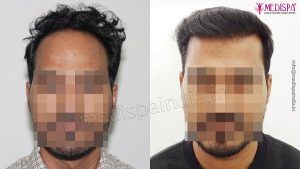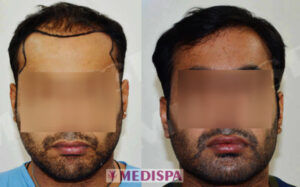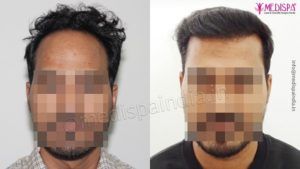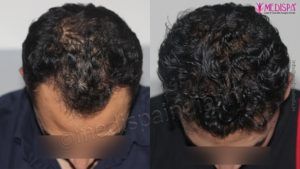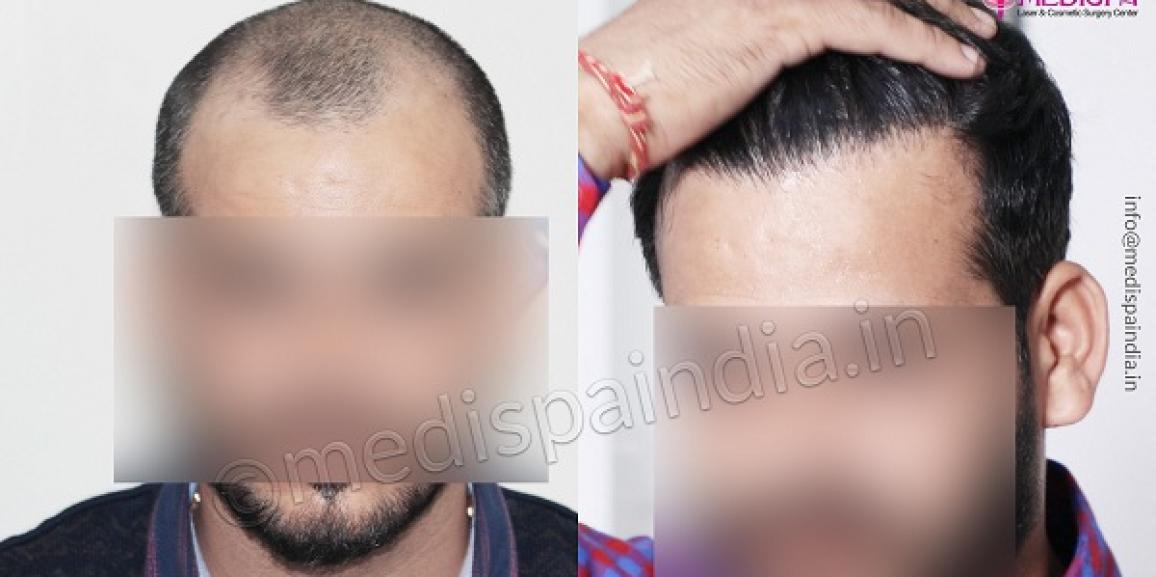
A hair transplant may seem like a large decision, but when you consider the bigger picture, it is well worth it. Over the years, hair transplant treatments have changed, and improvements in the industry have improved the procedure to its highest level. It is the only method of treating hair loss that is permanent and lasts a lifetime.
The massive patient traffic arriving in the nation’s capital for hair transplant tourism demonstrates how Delhi has developed into a centre for cosmetic services, particularly hair transplant. Delhi has experienced tremendous growth in popularity for hair transplants, and numerous foreign patients and celebrities are currently receiving care there.
You are reading the ideal material if you require accurate and comprehensive information about hair transplant in Delhi.
A hair transplant is a cosmetic surgical treatment that involves taking hair follicles from the appropriate donor sites with sufficient hair density, extracting them, and then planting them in slits created at the recipient site. Depending on how the hair grafts are harvested, the surgery may be carried out using one of two main techniques known as FUT or FUE.
What is hair restoration?
Hair restoration is a complex surgical procedure that involves moving harvested hair follicles from donor sites to bald areas as needed. The area from which the hair follicles are removed, which should only be those that have permanent hair roots, is referred to as the donor area in the procedure. The regions can be the sides and back of the head, the chest, the axilla, the beard, or the pubic region. Only when these donor locations have enough hair follicles to provide you the desired coverage would the process be feasible.
Techniques to perform hair restoration
Either the FUT technique or the FUE technique can be used to execute the hair transplant surgery. The following explanations explain how the methods used in these processes differ in how the hair grafts are harvested:
In order to harvest each individual hair graft using the strip or FUT technique, a portion of skin must first be removed and then dissected. After the donation has been made, the donor site is stitched shut. Contrarily, in a FUE hair transplant, each hair graft is extracted using a punch instrument that is introduced inside the skin and pulls the hair graft along.
The required locations where coverage is needed are chosen after the hair grafts have been harvested.
When can you choose hair restoration?
If you are truly losing your hair, you probably want to know when to have a hair transplant. The doctor should thoroughly examine your bald area during a consultation, determine the cause of your hair loss, and recommend the most effective course of action.
You might be a good candidate for a hair transplant if your hair loss is irreversible. However, there are a few tests that must be done to determine whether a hair transplant is feasible.
- The patient should be otherwise healthy and free of any conditions that could impair healing or induce hair loss.
- The hair loss needs to be consistent for at least three years.
- To ensure that there are enough hair follicles to cover the bald area, the donor location’s hair density must be adequate.
- You have reasonable expectations and are fully cognizant of the advantages and disadvantages.
Recovery following hair restoration
As a result of the fast-paced nature of modern living, the majority of our patients continue to worry about their post-hair transplant recovery. However, the hair transplant is so straightforward and little invasive that it won’t affect you much after the treatment.
You read that right—you can begin doing your regular work the day after the procedure. Following a hair transplant, your physical recuperation will take between 7 and 10 days. During this time, you should follow a few simple safety precautions. You might experience slight forehead swelling, moderate soreness, and itching for a few days, but you won’t need to pay much attention to them because they go away on their own in three to five days.
All you need to do for a successful hair transplant is choose a qualified surgeon who can fully improve your appearance with optimum hair growth and a hair transplant that looks natural. Choose wisely and look for the best.
Visit us right away at the Medispa hair transplant clinic in Delhi and Jaipur for any guidance and to get the best hair transplant experience.

